Daikin IM 986-2 VHF Instruction Manual
Other Daikin Heat Pump manuals

Daikin
Daikin Altherma 3 R F Product information sheet
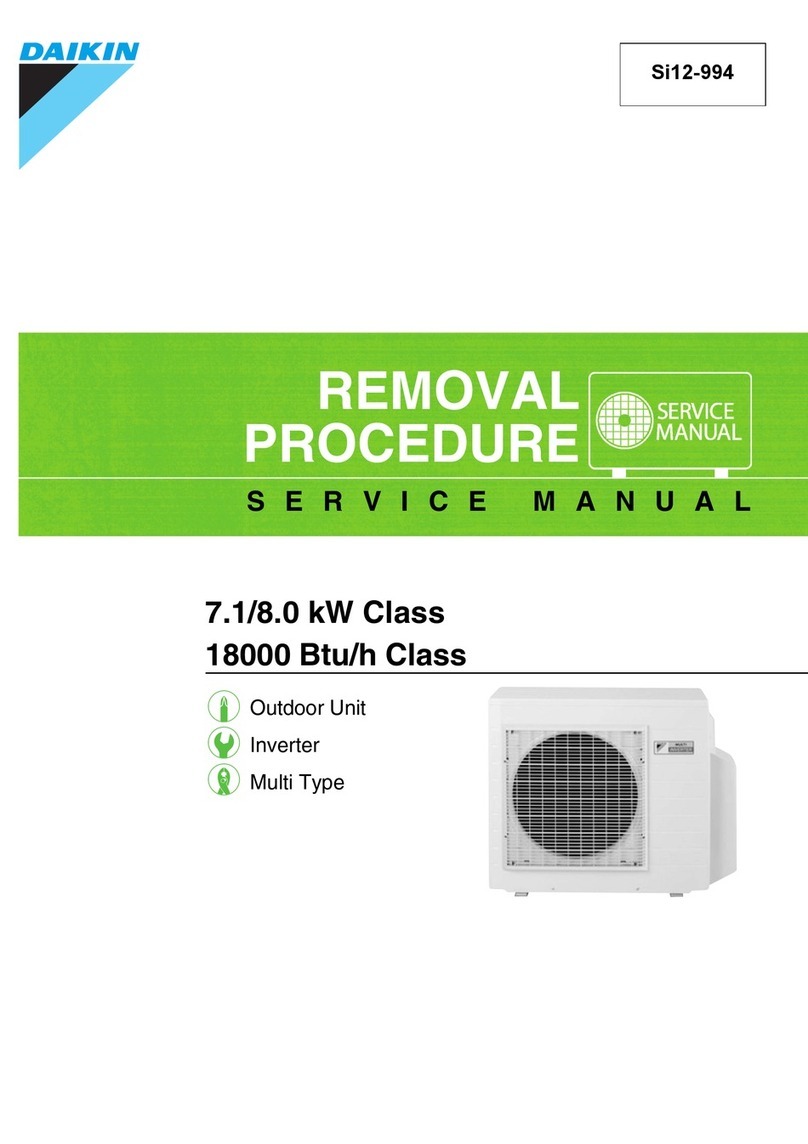
Daikin
Daikin SUPER MULTI NX 2MXS18GVJU User manual

Daikin
Daikin Altherma 3 R W How to use
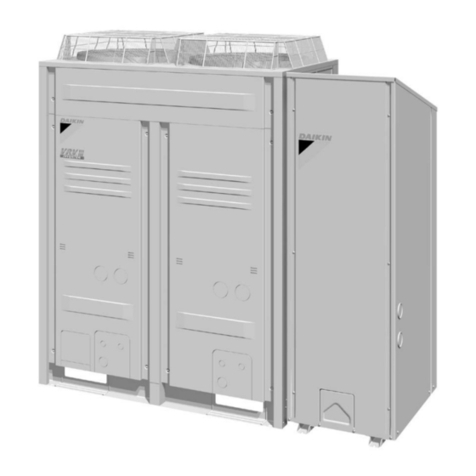
Daikin
Daikin RTSQ20PY1 User manual

Daikin
Daikin Altherma EHYKOMB33AA User manual

Daikin
Daikin VRVIII User manual

Daikin
Daikin ROTEX RHYHBH05AA User manual

Daikin
Daikin EWSAH06D 9W Series How to use
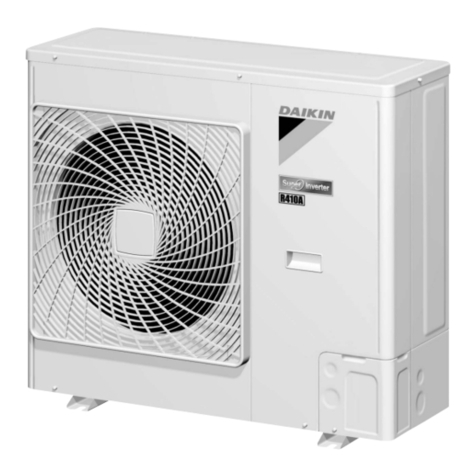
Daikin
Daikin RZQ71KBV1 User manual

Daikin
Daikin FAQ71BVV1B User manual
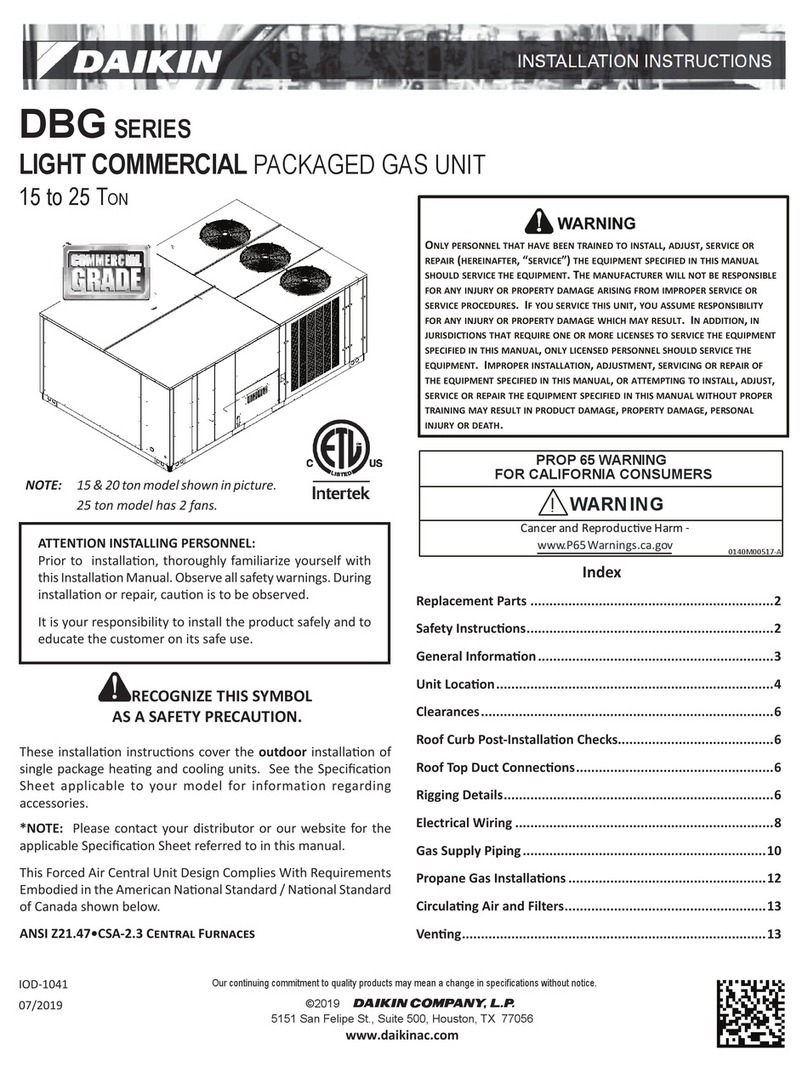
Daikin
Daikin DBG Series Configuration guide
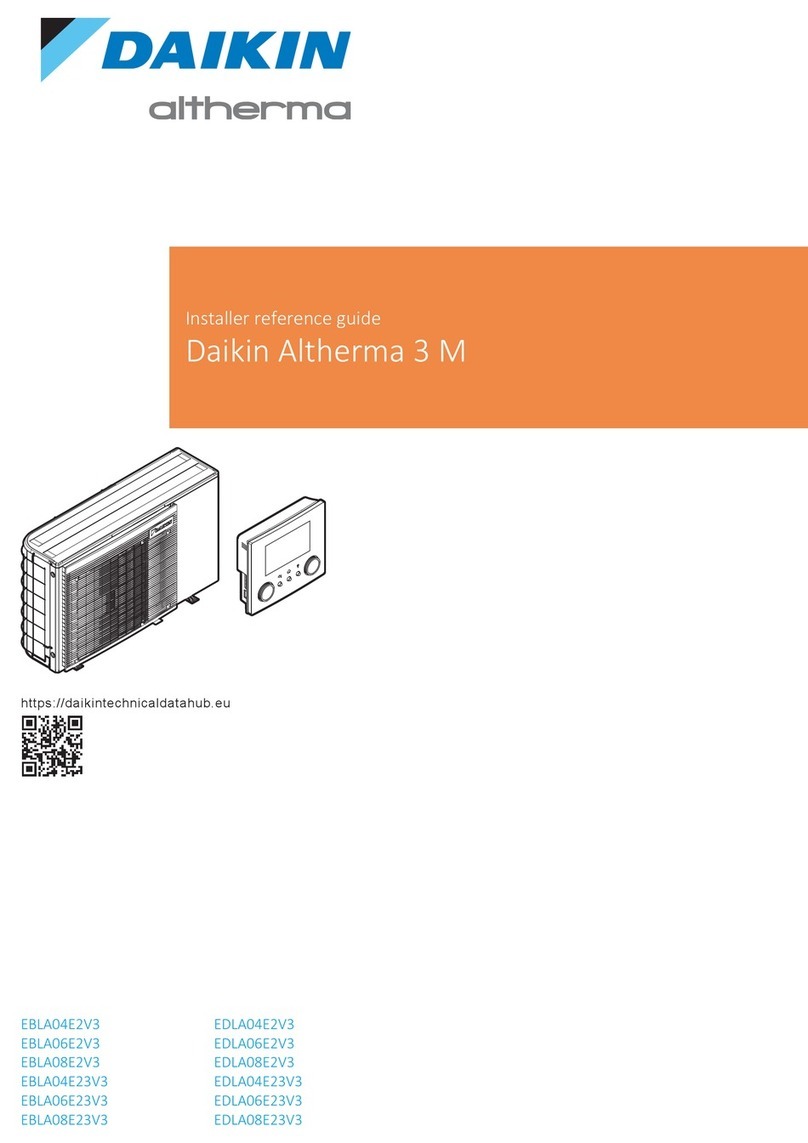
Daikin
Daikin EBLA04E2V3 How to use
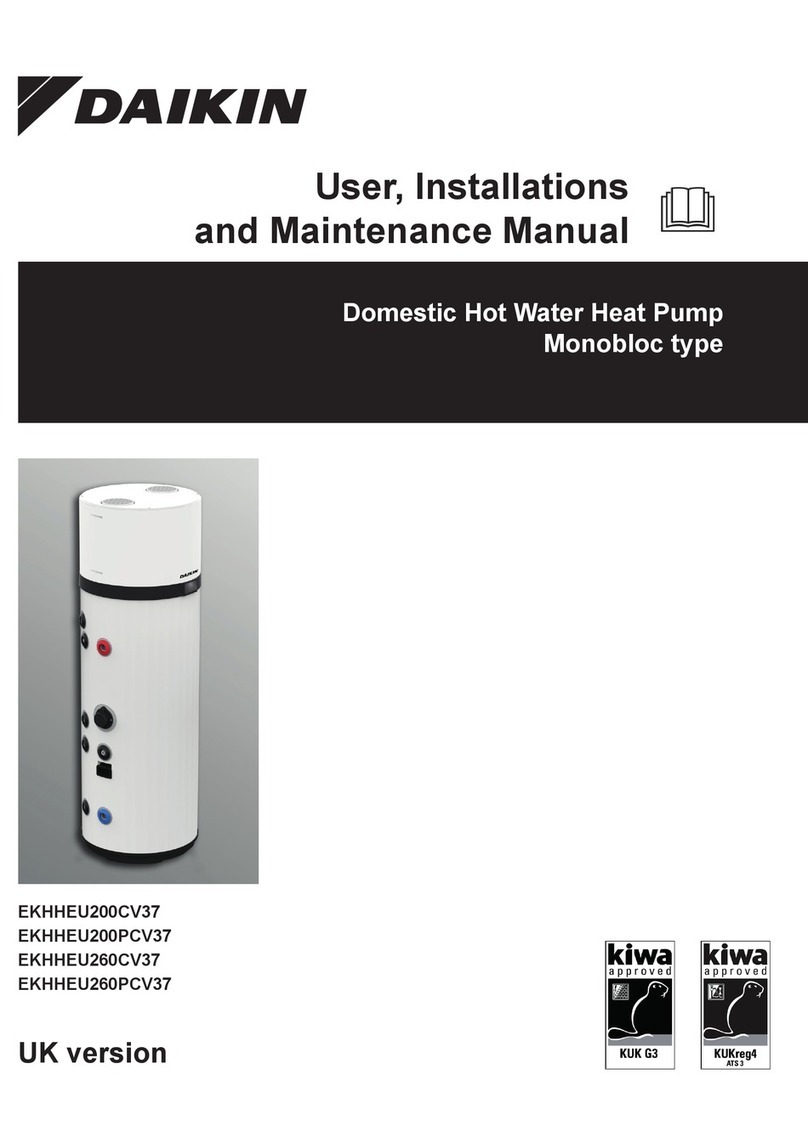
Daikin
Daikin EKHHEU200CV37 Technical manual

Daikin
Daikin Altherma 3 H HT EPRA14DAV3 How to use

Daikin
Daikin ETBH16E 6V Series User manual
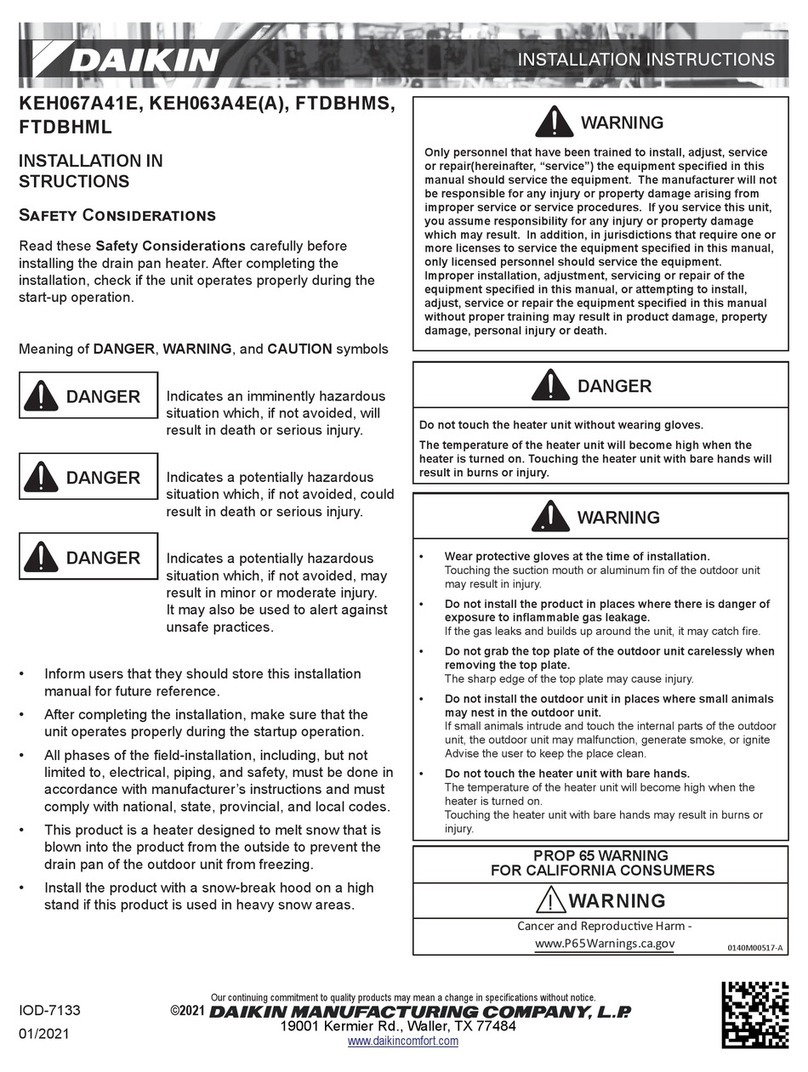
Daikin
Daikin KEH067A41E User manual
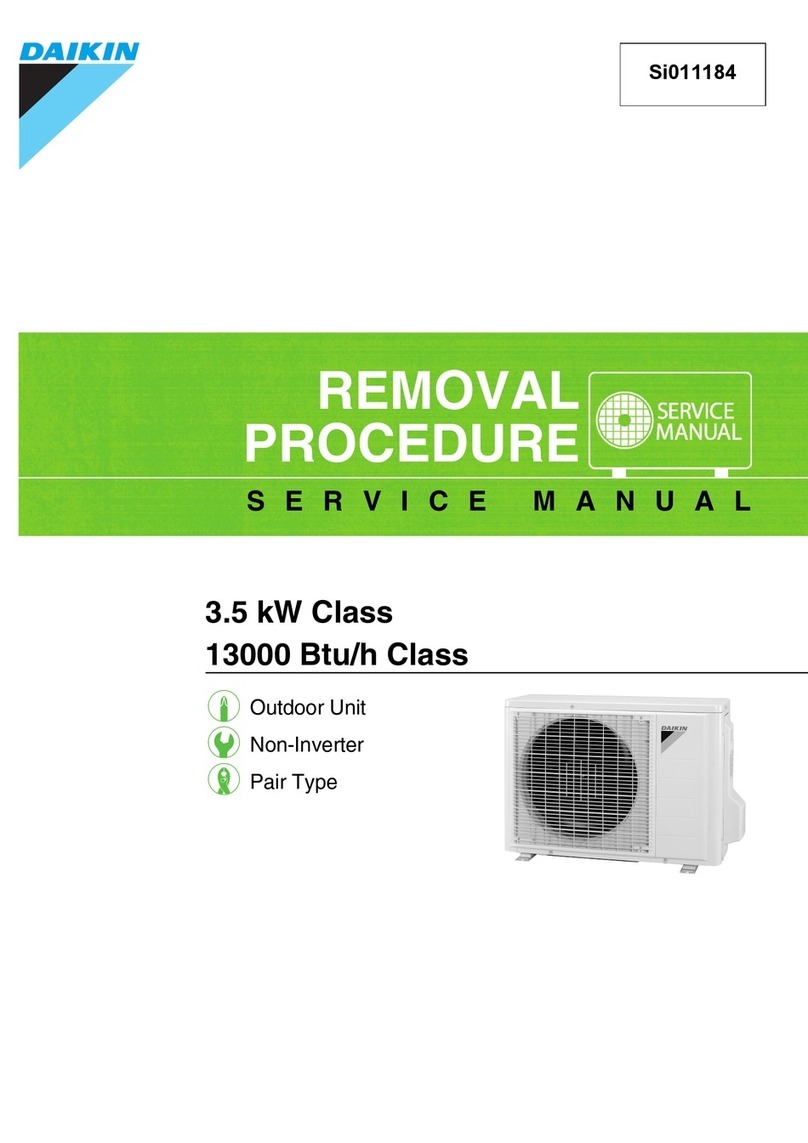
Daikin
Daikin R13LV2S User manual

Daikin
Daikin Altherma 3 H HT EPRA14DAW1 How to use
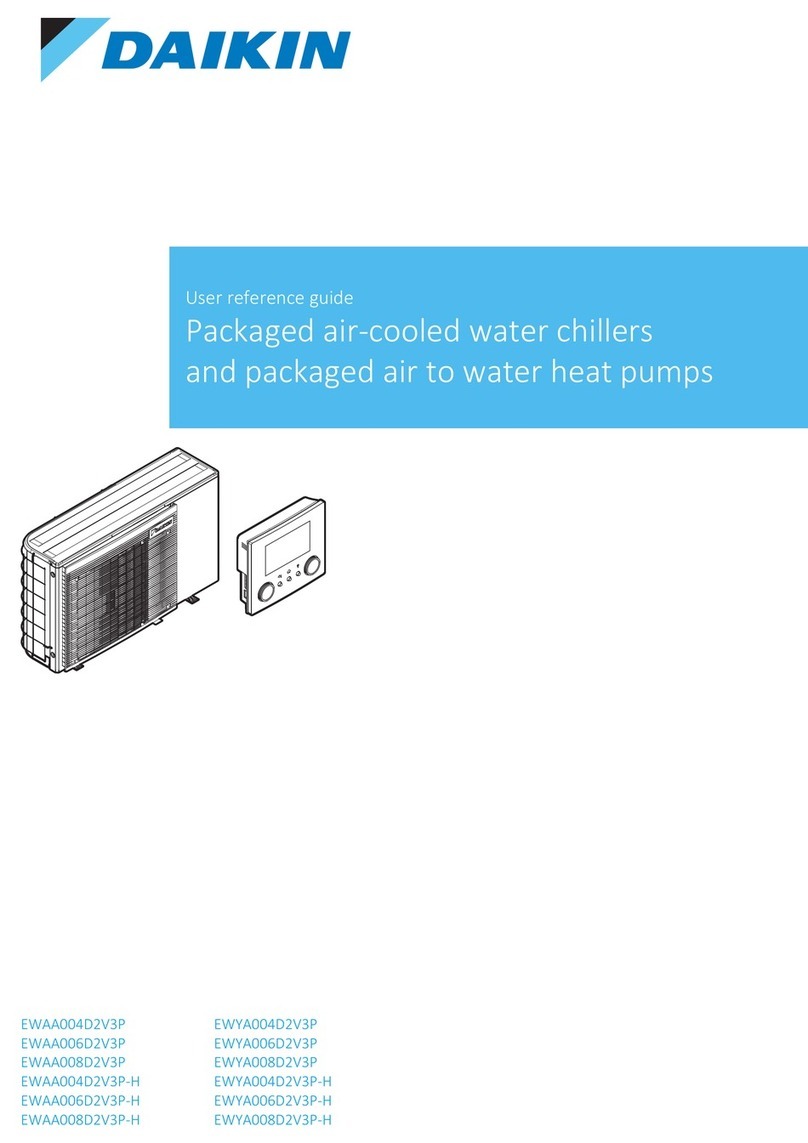
Daikin
Daikin EWAA006D2V3P-H Product information sheet
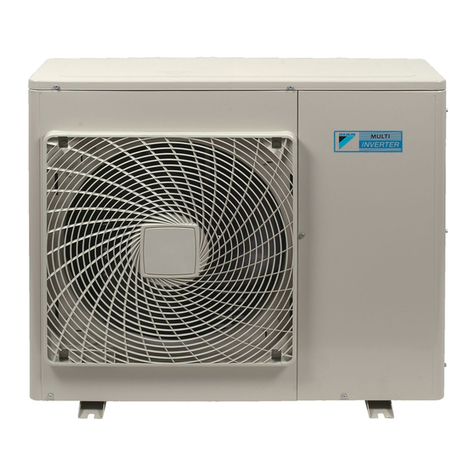
Daikin
Daikin Super Multi NX 3MXS-G Series Dimension Guide
Popular Heat Pump manuals by other brands

AIREDALE
AIREDALE BluCube CUR092V16-1CO-0 Installation and maintenance manual

Calyenty
Calyenty RBH 125 Customer's manual

GRE
GRE HPGI50 owner's manual

Carrier
Carrier 30XW Installation, operation and maintenance instructions

Hayward
Hayward SUMHEAT HP5131DT3 Installation instructions manual

REMKO
REMKO SQW 400 Electrical wiring

Sanyo
Sanyo SAP120FCH Service manual

Panasonic
Panasonic WH-SDF03E3E5 Design handbook

Airxcel
Airxcel 45000 Series Installation, operation and maintenance instructions

Mitsubishi Electric
Mitsubishi Electric PUZ-SWM60VAA Service manual

Dimplex
Dimplex LI 16I-TUR Installation and operating instruction

Carrier
Carrier WSHP Open v3 Integration guide

Mitsubishi Electric
Mitsubishi Electric EHSE-YM9EC Service manual

TGM
TGM CTV14CN018A Technical manual

Carrier
Carrier 38MGQ Series installation instructions

Kokido
Kokido K2O K880BX/EU Owner's manual & installation guide

Viessmann
Viessmann VITOCAL 300-G PRO Type BW 2150 Installation and service instructions
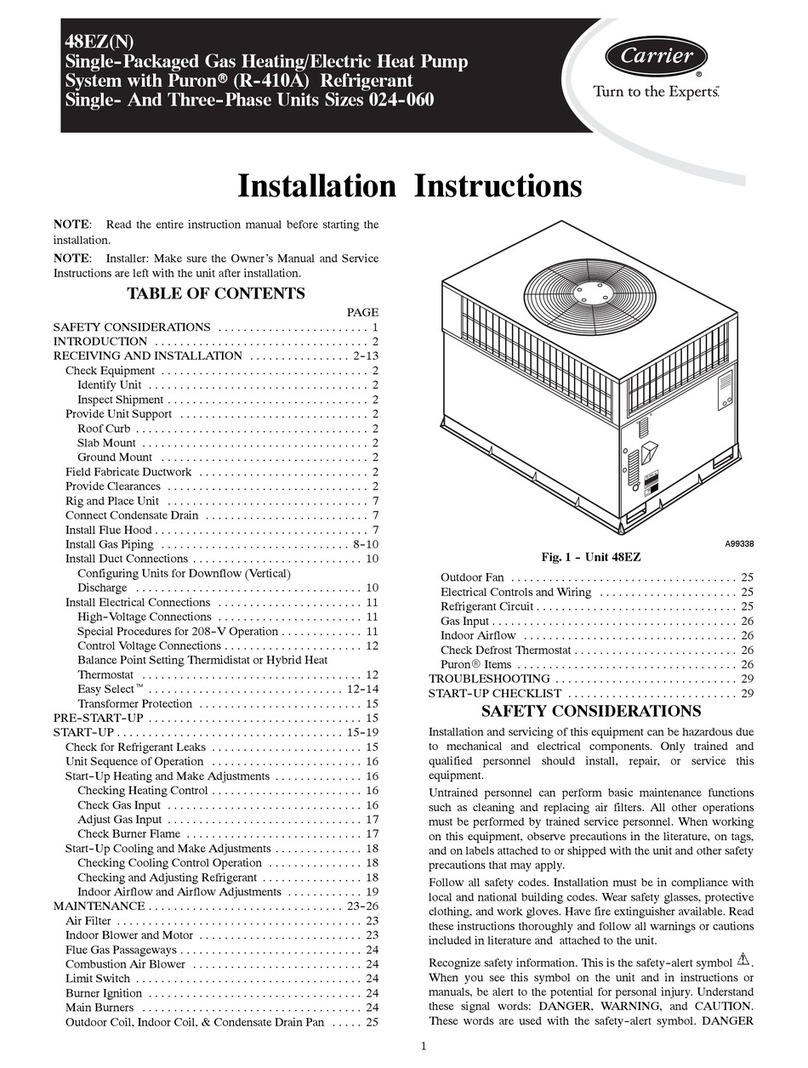
Carrier
Carrier 48EZN installation instructions













